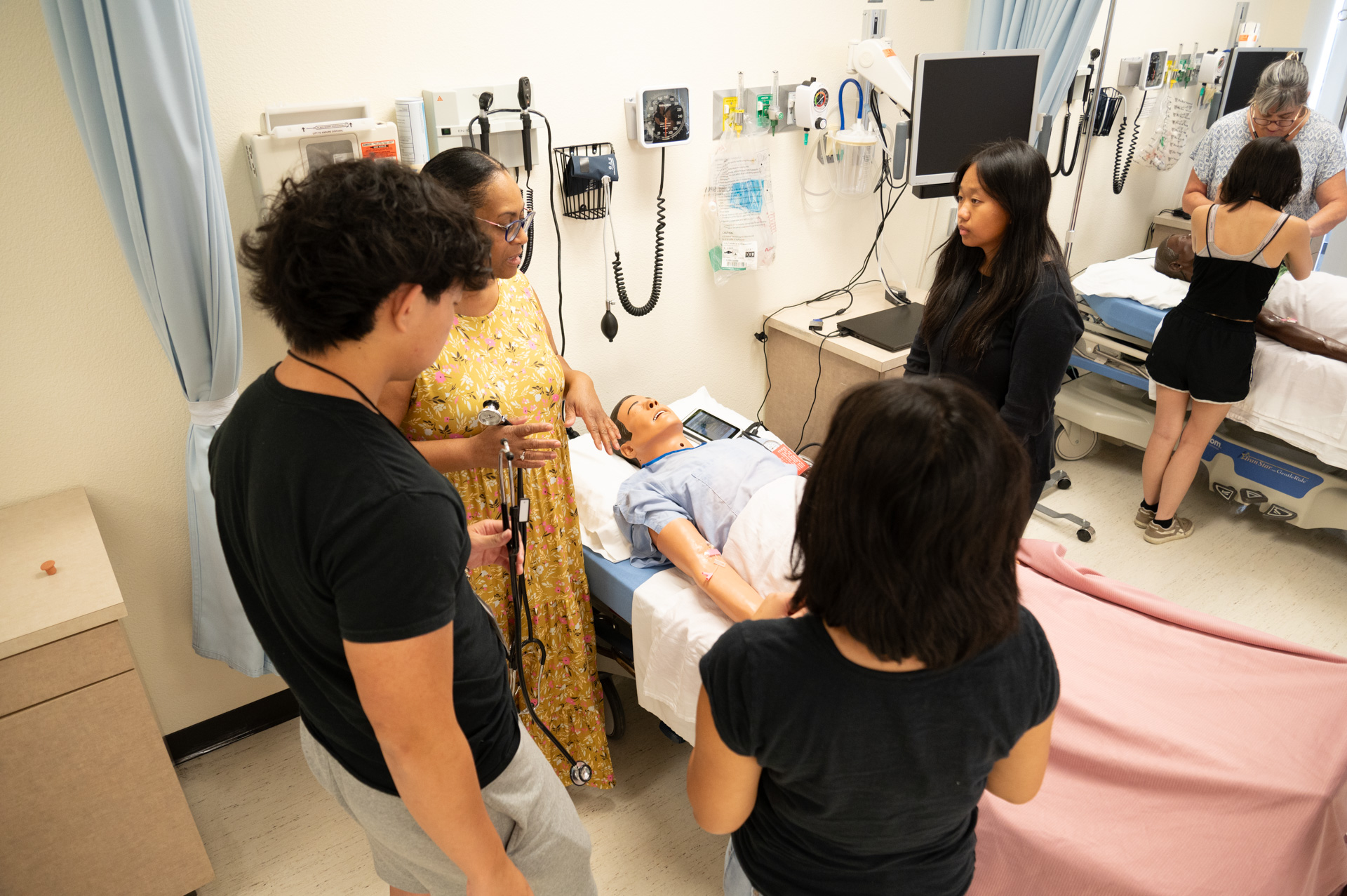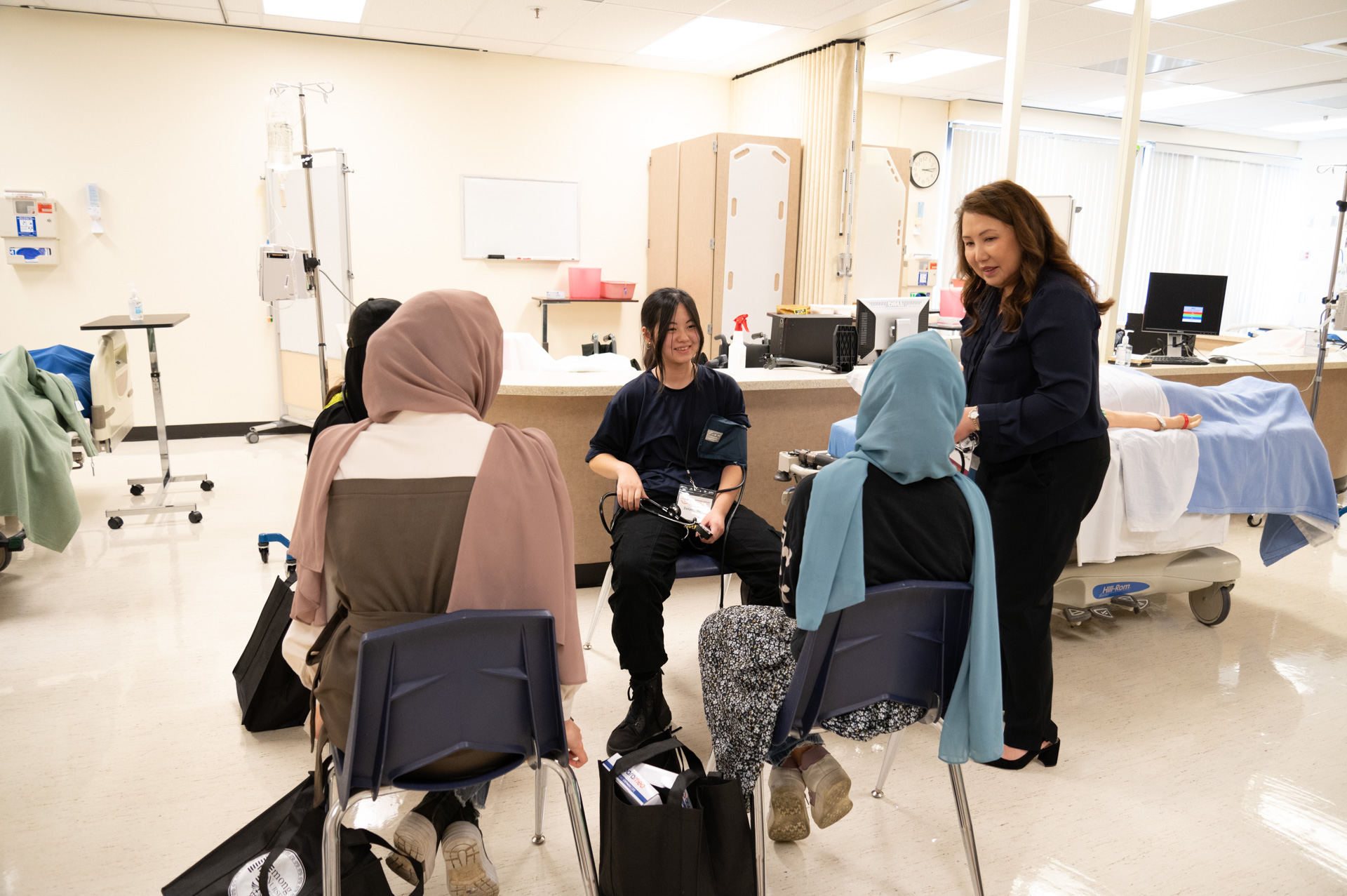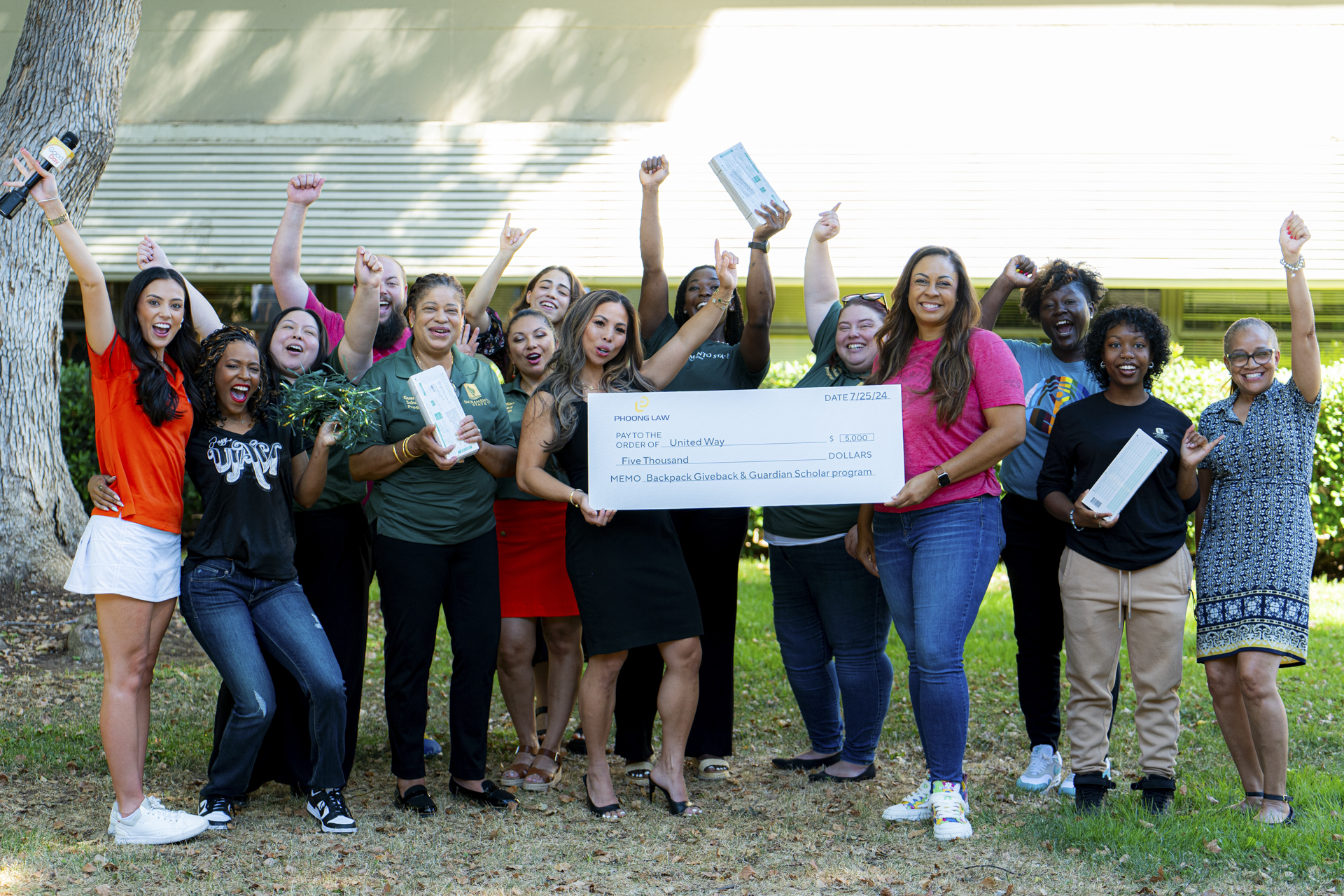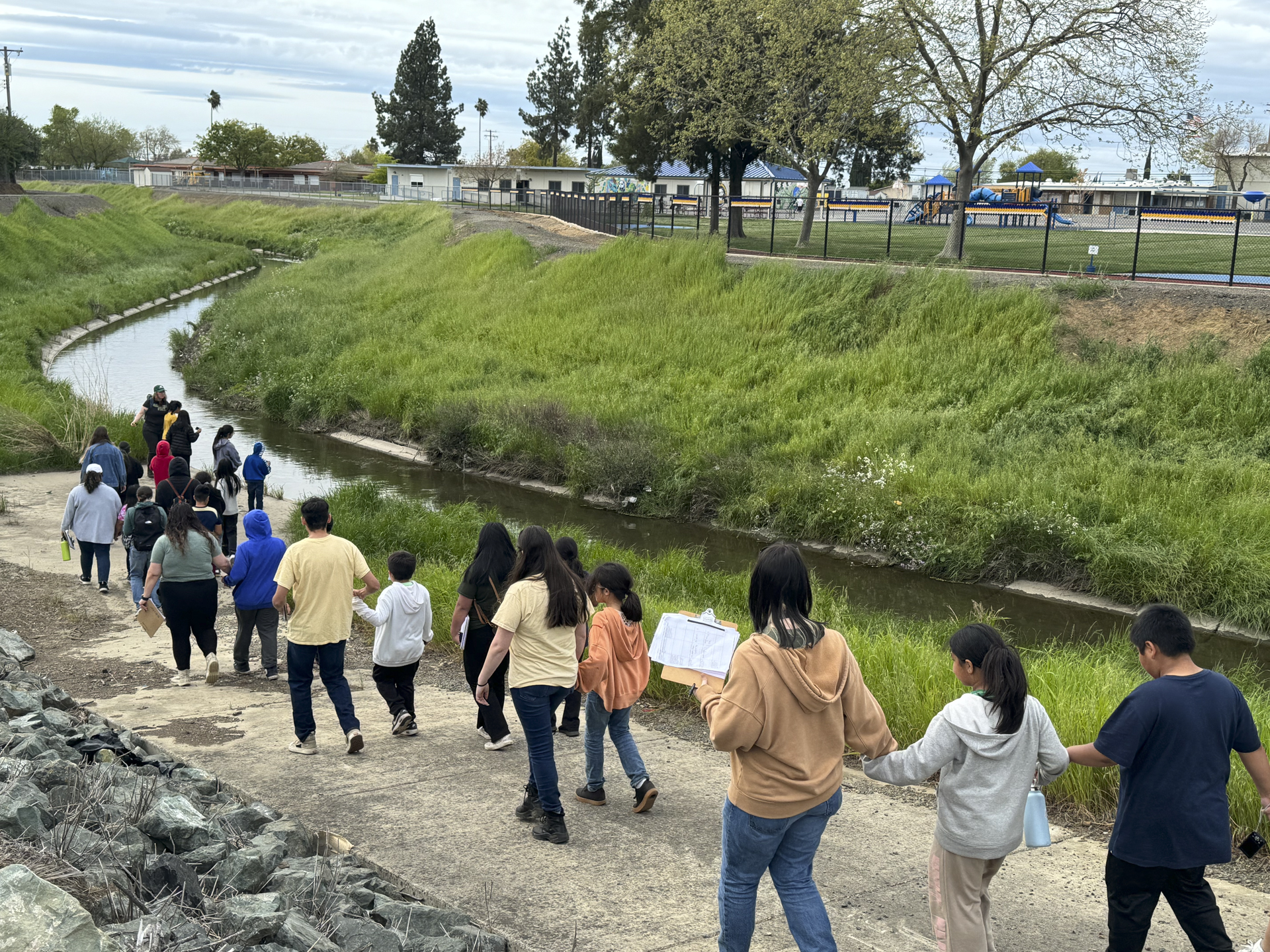Story Content
Nearly 200 nurses from throughout the U.S. attend second Hmong Nurses Association Conference at Sac State

August 05, 2024
They left their villages in the mountains of Laos more than 50 years ago to train as nurses in a secret war, forever shattering boundaries for Hmong women.
Those pioneers were honored last weekend at Sacramento State, part of a conference where a new generation of Hmong nurses mentored young students in an effort to diversify the nursing profession and improve health care for their community in the United States.
Almost 200 nurses from around the country attended the second Hmong Nurses Association (HNA) Conference at Sacramento State Aug. 3-4, marking 50 years of Hmongs in the U.S.
HNA also held a free reception on Saturday to honor the first Hmong nurses who trained to tend the wounded during the secret war in Laos.
“You hear a lot about the men in the secret guerilla units, but you don’t hear about the Hmong nurses,” HNA National President May Y. Hang said. “Even though they were very small in number, they had a really big impact on changing the role of Hmong women and contributing to the ‘secret war.’
“... This is our origin story. This is how we went from mothers and daughters, diligently working in the fields, to being nurses.”
The HNA was established in 2012 to address issues and challenges in health care related to the Hmong community, including underrepresentation in the nursing profession, patient isolation, violation of cultural practices and values, and mental distress from grief and loss.
This year’s conference, hosted by Sac State’s Project HMONG, included:
- Continuing education classes for credit
- Workshops on diabetes and uncontrolled gout among Hmongs
- Presentations on traditional Hmong healing practices and the Shaman Spiritual Healer Training Project
- Discussions on patient advocacy and improving mental health literacy
The conference also featured a panel discussion that included secret war nurse Chee Xiong Ngiateng and Sacramento State School of Nursing Professor Dian Baker, who has researched the pioneering Hmong nurses.
The CIA recruited Hmong and Laotian men to fight in a clandestine war against the North Vietnamese during the 1960s. The U.S. government also sought women to train as nurses, Hang said.
“It was the first time women diverged from their traditional role as Hmong women and caregivers working in the home,” Hang said. “These women left their villages and their families, many against their parents’ and clan’s approval, to learn how to be nurses and tend the wounded.
“... We want to tell their story because not many people know it. They were the trailblazers. We are here because they broke through first and helped the community be more accepting of women working outside the home.”
After the Communist takeover, thousands of refugees fled Laos to escape persecution, eventually settling in the U.S.
Today, there are more than 327,000 Hmong living in the United States, according to the Pew Research Center. Sacramento has the third largest Hmong population with 27,000 people, behind the Minneapolis-St. Paul area’s 81,000 and 35,000 in Fresno.

Sacramento State has roughly 1,000 Hmong students, according to Chao Vang, assistant vice president of Educational Equity Programs and Student Success.
“Sac State’s Hmong population is just behind Fresno State’s,” Vang said. “So it’s only fitting for us to serve as host campus. At the end of the day, we want our students to enjoy and benefit from this conference, and hopefully it will serve as inspiration for another state or campus to host HNA.”
In addition to celebrating Hmong nursing pioneers, HNA is looking to the future, Hang said.
“We’re not just here to support current nurses of Hmong heritage. We also want to grow and expand the diversity of the nursing profession,” she said.
HNA paired nurses attending the conference with 20 local youth, ages nine to 18, who are interested in nursing. On Sunday afternoon in the School of Nursing simulation lab, mentors and faculty demonstrated how to take vital signs such as blood pressure, respiration and heart rate.
“Nursing is hard work, but it’s fun,” Nursing Chair Tanya Altmann told the students. “You touch more lives being a nurse than any other career.
“There’s nothing more rewarding than making a difference in someone’s life, even if it’s just holding their hand as they pass away and die with dignity.”
The state-of-the-art lab in Folsom Hall is set up like a hospital ward, with gurneys and equipment that can be activated to use for real patients in an emergency.
Students were gifted stethoscopes to listen to lung, heart and bowel sounds on computerized mannequins that were pre-programmed to exhibit various symptoms.
Athena Thao, 17, pressed her stethoscope head to the dummy’s chest, eyes widening when she heard a telltale “crackle.”
“It’s bad if you hear crackling sounds at the end of the mannequin’s breath,” she said. “It sounds like he’s having trouble breathing.”
Thao decided to pursue a career in the medical field after watching her family struggle to navigate the health care system for her grandfather.
“My grandpa was way too sick, and there was a language barrier. My older sisters had to translate, but there are no Hmong words for some English terms,” Thao said. “The nurses weren’t really taking care of him.
“I want to be the nurse that stands up for my patients and helps my patients as much as I can.”
Although the mentor program was specifically for Hmong youth, no one was turned away.
“Three Afghan kids were really interested in health care,” Hang said. “We’re all refugees. That’s how we ended up here in the U.S., so since we were doing the presentation in English, we took everybody.”
Classes at the conference were also open to any nurse looking for continuing education units required to maintain their licenses, Hang said.
“Our goal is for them to come and learn about the Hmong patients they’re caring for,” she said.
(Click a photo below to view our gallery.)
Editor's Pick
Media Resources
Faculty/Staff Resources
Looking for a Faculty Expert?
Contact University Communications
(916) 217-8366
communications@csus.edu






